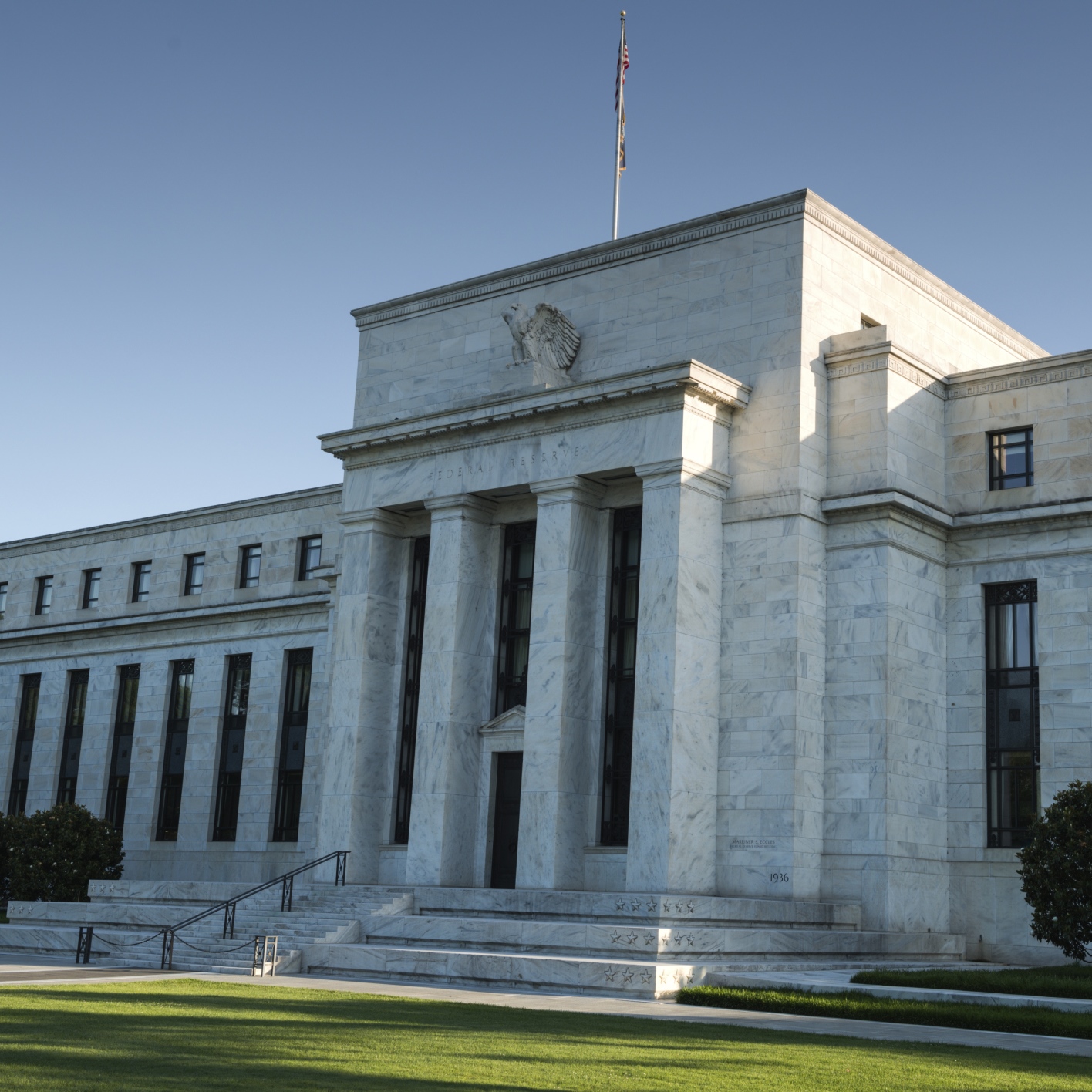Economy
How Fed Interest Rate Changes Will Affect Consumers in 2018

Published:
Last Updated:

At its December meeting — the last with Janet Yellen as Fed chair — the Federal Open Market Committee (FOMC) raised the Fed’s policy rate to 1.5%. Under incoming Chair Jerome Powell, the FOMC is expected to raise rates three times in 2018, ending the year with a federal funds rate of 2.25%.
Most of us know that higher central bank interest rates mean higher interest rates for mortgage loans, car loans and credit card bills. On the plus side of the ledger, higher interest rates also means that savings accounts will earn more interest as well.
Researchers at Bankrate.com have taken a look at what is likely to happen to interest rates this year and made some forecasts about their effect on consumers’ wallets.
First of all the good news. The U.S. inflation rate has been stuck at less than 2% for years now and most of us have forgotten that there was a time that a savings account or a certificate of deposit (CD) actually paid more than the inflation rate. That meant that your savings and CD accounts were actually paying you something to be a saver.
Those days are coming back. Three FOMC rate hikes in 2017 that push the interest rate to 2.25% mean that by the end of the year your savings account might be paying 2.3% and a CD may be paying 2.5%, with some paying more than 3%. Keep your eyes open for the financial institutions that will be offering above-inflation interest rates on savings and CDs.
The less-good news is that every dollar you borrow is going to cost you more. Mortgage interest rates could be volatile, bouncing from a short-term low of under 4.0% to more than 4.5% over the course of the year. Bankrate sees an average for the full year of around 4.5%. As of last Friday, the average rate on a 30-year fixed rate conventional loan was 4.04%.
Car loans also will cost more. Bankrate expects the continuing economic recovery and low delinquency rate among prime borrowers to foster competition and limit the increases. The average five-year new car loan should close 2018 at 4.85%. The average four-year used car rate will be 5.35%. The average five-year new car loan carried an interest rate of 4.43% last Wednesday.
Revolving credit card interest rates are expected to rise by 0.75 percentage points over the course of the year, in line with the three expected quarter-point increase in the funds rate. The average rate last week was 16.64%, and Bankrate sees that rising to an average of around 17.15% by the end of 2018.
Home-equity lines of credit (HELOCs), currently averaging an interest rate of 5.38%, are forecast to rise to around 5.85% by December 2018.
If, for some reason, inflation should sink, the number of expected interest rate increases may drop from three to two or even one. As you might expect, that will keep the interest you pay on mortgages, car loans and credit card debt lower, as well as tamp down any increase you might get from interest on your savings and CDs.
More details and observations are available at the Bankrate.com.
Credit card companies are pulling out all the stops, with the issuers are offering insane travel rewards and perks.
We’re talking huge sign-up bonuses, points on every purchase, and benefits like lounge access, travel credits, and free hotel nights. For travelers, these rewards can add up to thousands of dollars in flights, upgrades, and luxury experiences every year.
It’s like getting paid to travel — and it’s available to qualified borrowers who know where to look.
We’ve rounded up some of the best travel credit cards on the market. Click here to see the list. Don’t miss these offers — they won’t be this good forever.
Thank you for reading! Have some feedback for us?
Contact the 24/7 Wall St. editorial team.